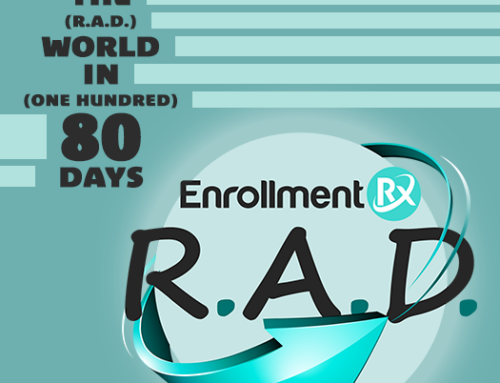There are a number of changes that will affect more than 3.2 million high school juniors set to graduate in 2017 who plan to attend college. High school juniors and their families need to be aware of changes to the PSAT, SAT and ACT; the growing number of test optional schools; and the upcoming changes to financial aid.
Test Changes for PSAT, SAT and ACT
The first big change that hit the class of 2017 actually occurred in October 2015 with the new PSAT which introduced high school students to the format of the upcoming redesigned SAT. Among other changes, the new test has an additional 35 minutes tagged on to the length of prior PSAT exams. In March 2016 the new SAT will debut replacing the old SAT for good. Simply, what that means is that students who want to take the SAT and didn’t take the SAT prior to March 2016 will only have the new SAT to sit for. Many colleges will accept both the old SAT and the new SAT for the class of 2017 and 2018. Students should make sure to check the policy of each school they are interested in.
Eric Hoover reports in the New York Times article Everything You Need to Know About the New SAT:
The new SAT, which debuts in March, will look a lot different from the current version. Instead of three sections, there will be two: Math and Evidence-Based Reading and Writing. Each will be scored on a 200-to-800 scale. There will no longer be a penalty for guessing, and the odds will be better (the number of possible answers will decrease from 5 to 4). The now-required essay will be optional.
As for content, the revamped test draws heavily from the Common Core — math and reading benchmarks adopted by most states. Those standards emphasize evidence-based interpretations of texts, vocabulary used in college and careers, and depth-over-breadth math skills. And yes, although the exam will not be the mirror image of the ACT, the two are about to become much more similar.
Not to be outdone, the ACT back in September 2015 also ushered in their own changes including minor adjustments to the writing section and new reporting for English, Language Arts and Science, Technology, Engineering and Mathematics. In addition, for approximately 450 institutions, “ACT will be providing assessments of “Overall GPA Chances of Success” in general categories of majors (education, business administration, liberal arts, and engineering) as well as “Specific Course Chances of Success” in areas such as freshman English, college algebra, history, chemistry, psychology etc. Test-takers, who provide key information necessary to make these assessments during the registration process, will not be sent these reports. They go directly to colleges to which the student is applying—whether the applicant wants them to or not.”
Test Optional Schools Grow
George Washington University is just one of 47 colleges in 2015 to announce they are now test optional bringing the total to more than 850 colleges according to FairTest, the National Center for Fair and Open Testing. Why are more and more schools making the move to test optional? According to Cecilia Capuzzi Simon reports in the NY Times article “The Test-Optional Surge”:
The appeal is twofold. Dropping the SAT/ACT requirement typically increases applications — an additional 250 on average, according to a 2014 study at the University of Georgia. In theory, schools can then reject more applicants and appear more selective. And, with low scores out of the tabulation, the average test score — reported to U.S. News & World Report for its all-important rankings — rises.
That’s a cynic’s view, say admissions officials, noting that the policy also expands access to those who fare poorly on standardized tests, especially minorities and the socioeconomically disadvantaged. While studies show that the SAT and ACT predict freshman G.P.A. when combined with high school grade-point average, a new study has found that the caliber of student does not suffer when the test scores are eliminated.
A near complete list of test optional schools can be found at https://www.fairtest.org/university/optional
Financial Aid Changes
In September 2015 President Obama ushered in significant changes to Free Application for Federal Student Aid (FAFSA). As spelled out at https://studentaid.ed.gov/sa/about/announcements/fafsa-changes in 2016 students will be able to:
- Submit a FAFSA® Earlier: Students will be able to file a 2017–18 FAFSA as early as Oct. 1, 2016, rather than beginning on Jan. 1, 2017. The earlier submission date will be a permanent change, enabling students to complete and submit a FAFSA as early as October 1 every year. (There is NO CHANGE to the 2016–17 schedule, when the FAFSA will become available January 1 as in previous years.)
- Use Earlier Income Information: Beginning with the 2017–18 FAFSA, students will report income information from an earlier tax year. For example, on the 2017–18 FAFSA, students (and parents, as appropriate) will report their 2015 income information, rather than their 2016 income information.
The goals of the FAFSA changes are to bring more students and their families into the college planning process earlier and to make the process of applying for financial aid easier and less complicated.




